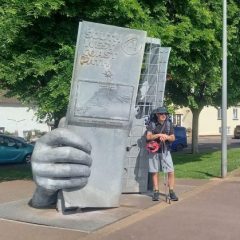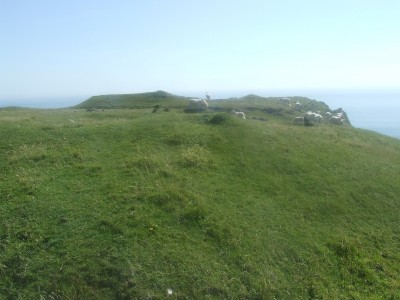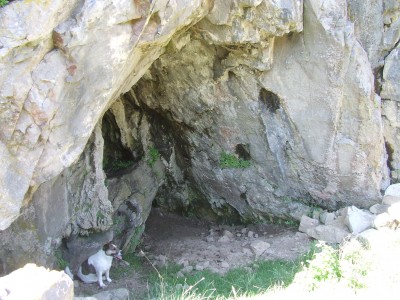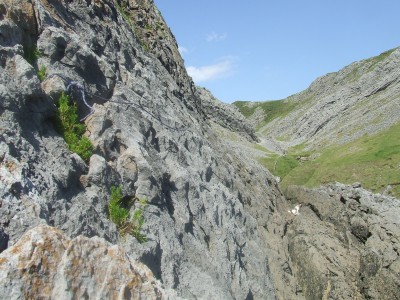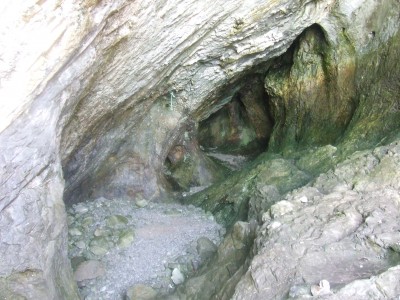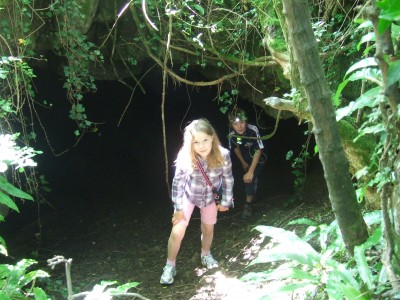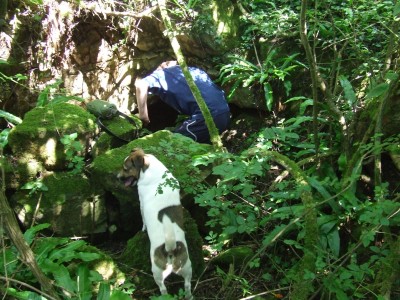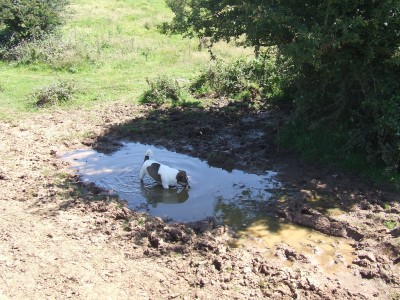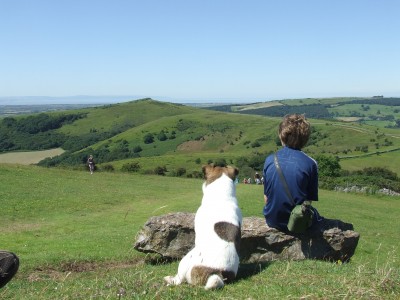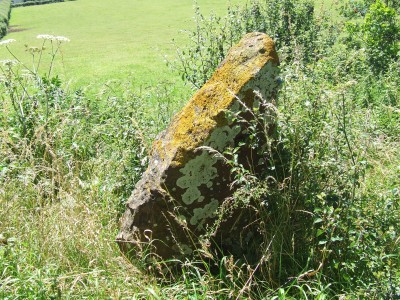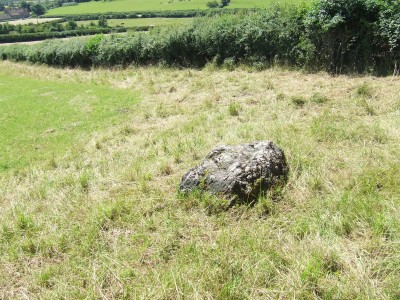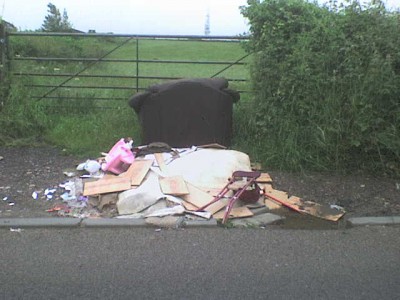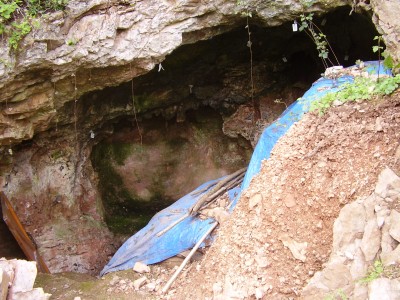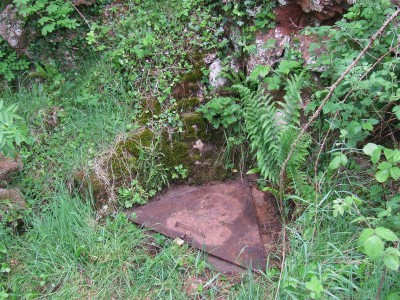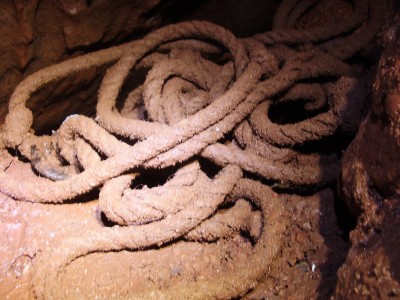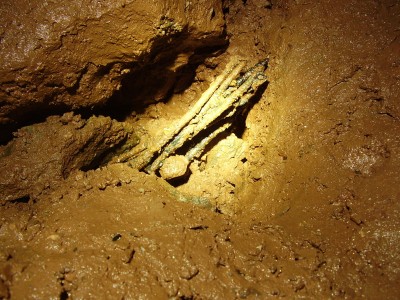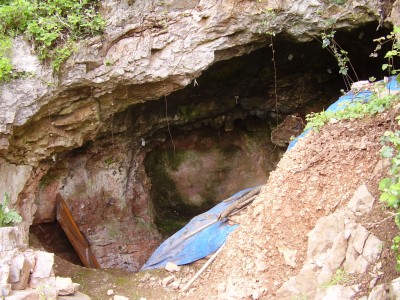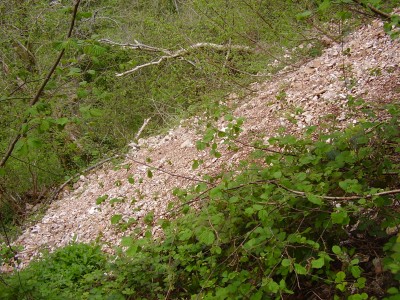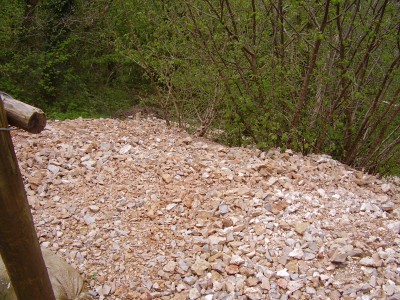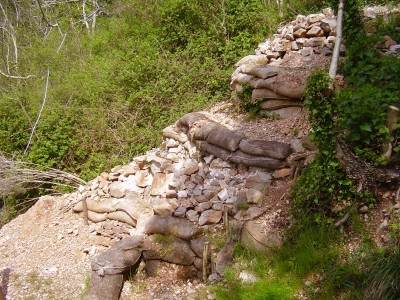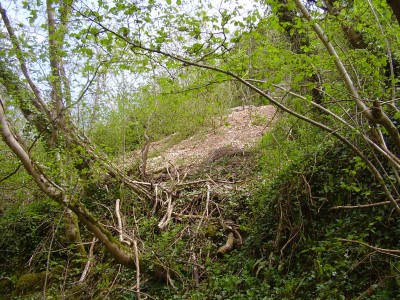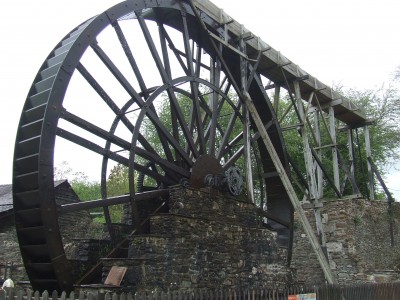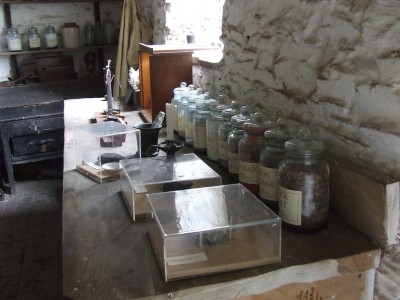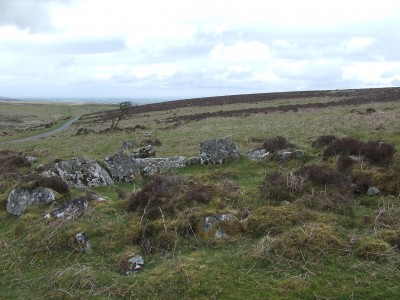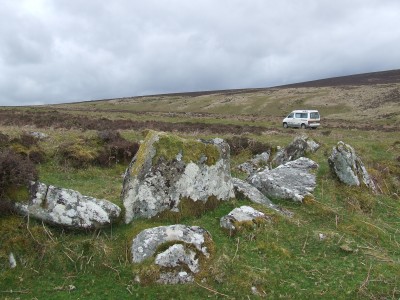Sunday 19th August 2012, Mendip Hills.
One of my, and of course my running partner, Buster’s favourite off-road runs is from Charterhouse down through Velvet Bottom to the Blackrock – Longwood path and back, about 3 miles in total.
On this particular Sunday morning at 08:00 there was a pretty thick fog and as we passed through the kissing gate down to Velvet Bottom and along the track I remember thinking to myself that the sheep were rather vocal, calling to each other. We continued on our way down to the Blackrock – Longwood path passing a solitary dog walker on the way. On reaching the path we turned and headed back towards Charterhouse, the pace was just slightly slower than normal – it’s been a hard couple of weeks after deciding to make a career change into commercial archaeology. Anyway, on the return I was rather surprised to see that the solitary dog walker was not much further ahead of where we had met on the way down and, as we passed by, he remarked “I’ve just seen a big black cat go into there” pointing into the thick undergrowth on the hillside, “There are a number of farms close by” I replied, “No” the dogwalker retorted, gesticulating with his hands wide apart in a classic angler pose, “A BIG, BIG BLACK CAT!” The dogwalker appeared to be genuinely shocked.
Was this the reason the sheep were being so vocal? Is there a Beast of Mendip?
What did I think? I kept on running, with an occasional backward glance at the hillside still shrouded in thick fog…
